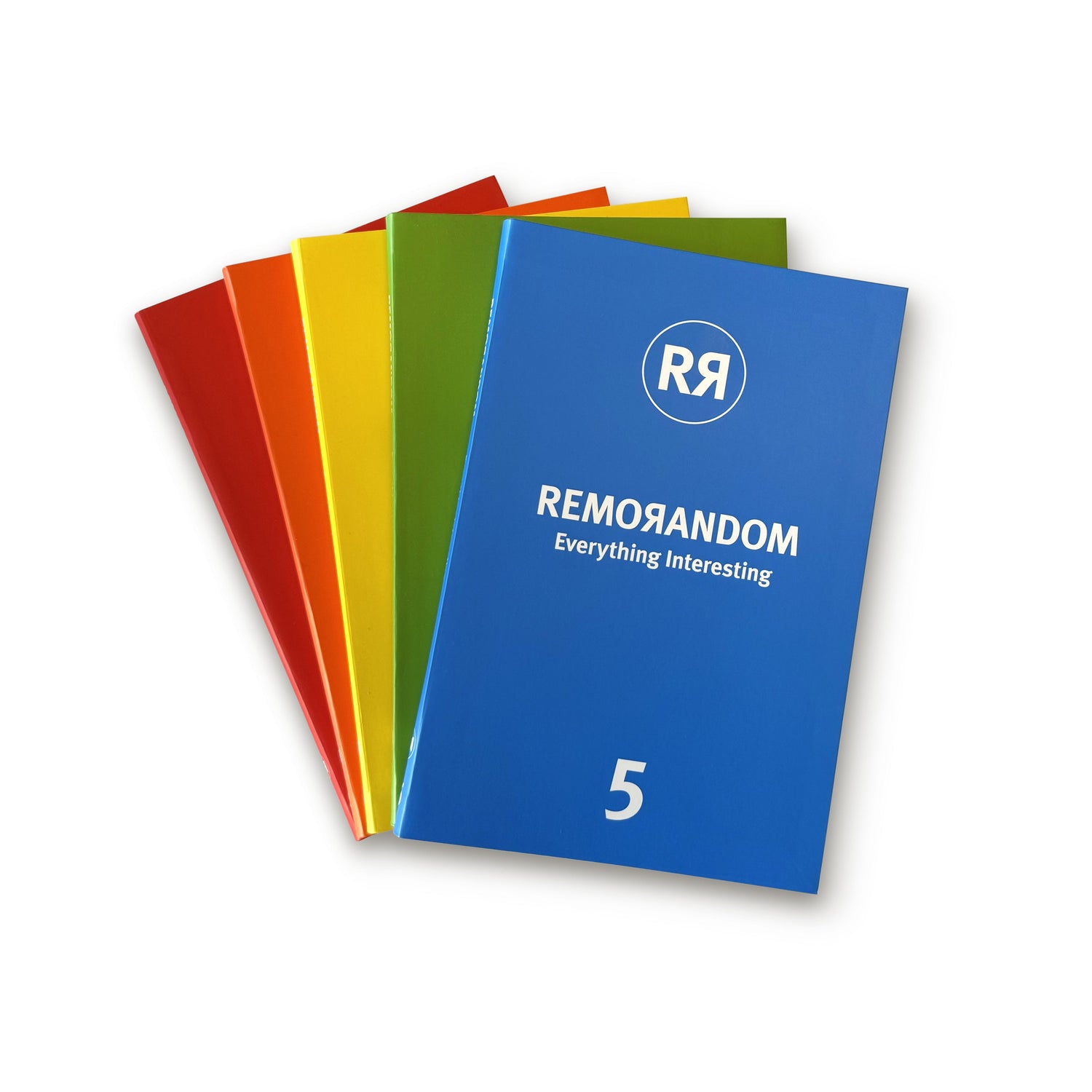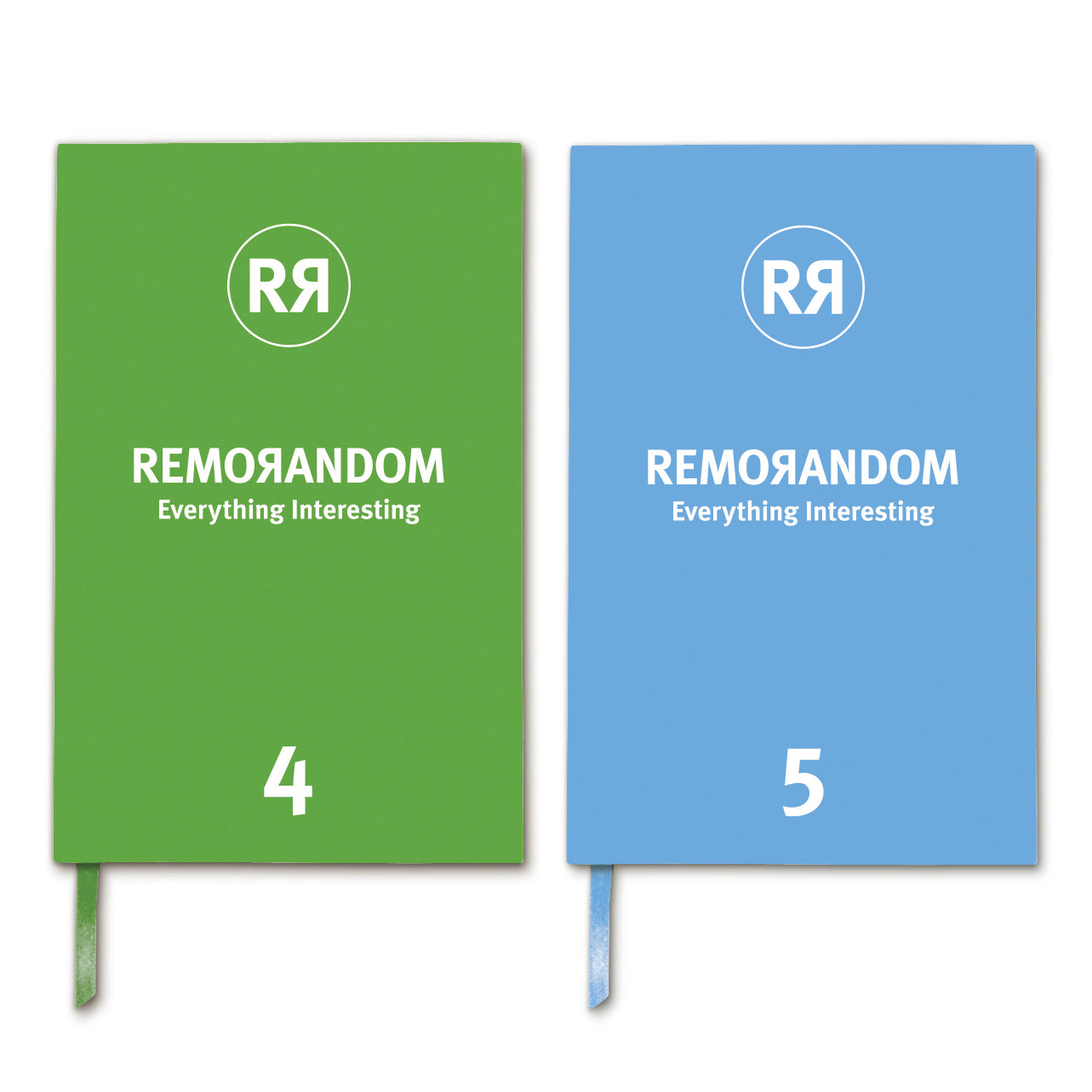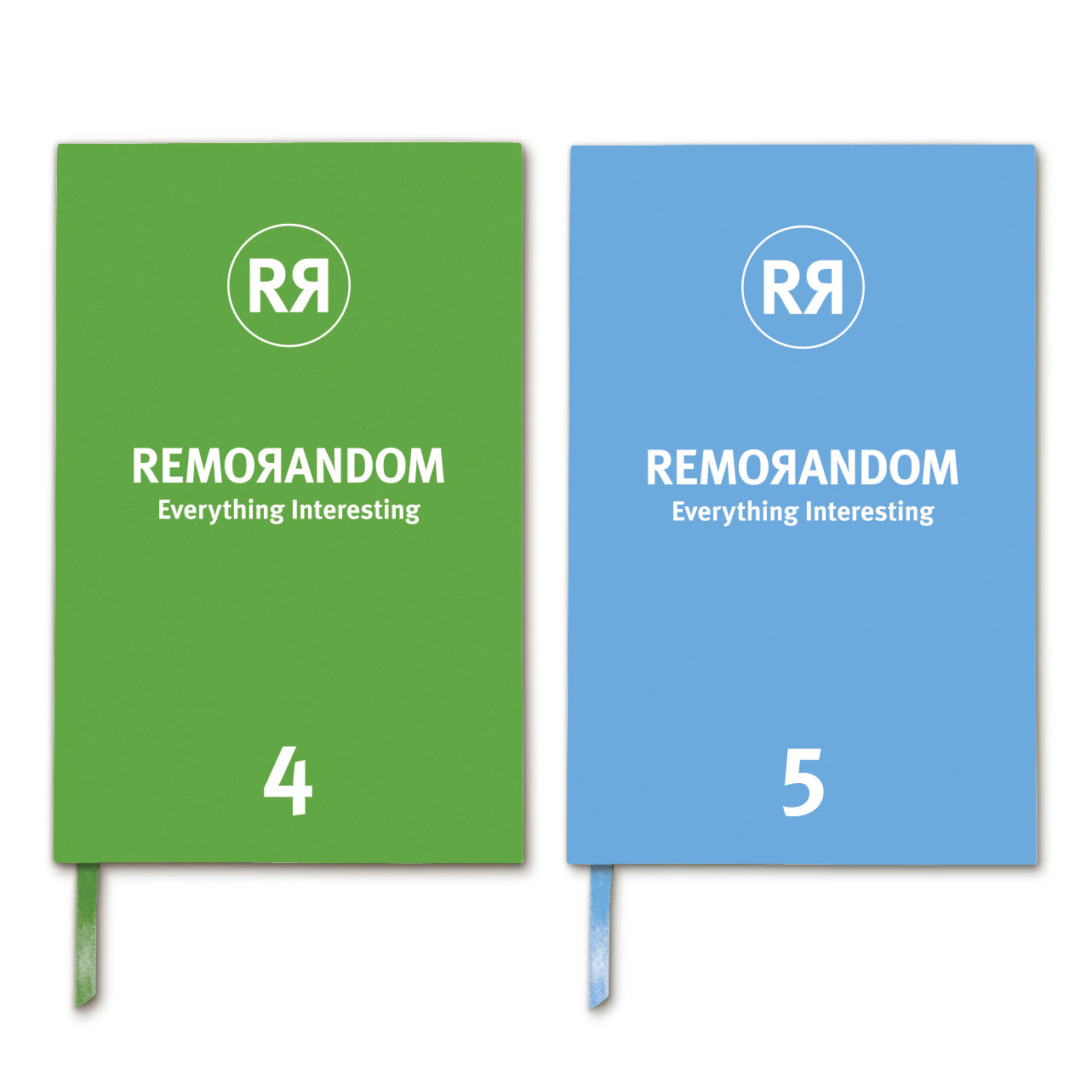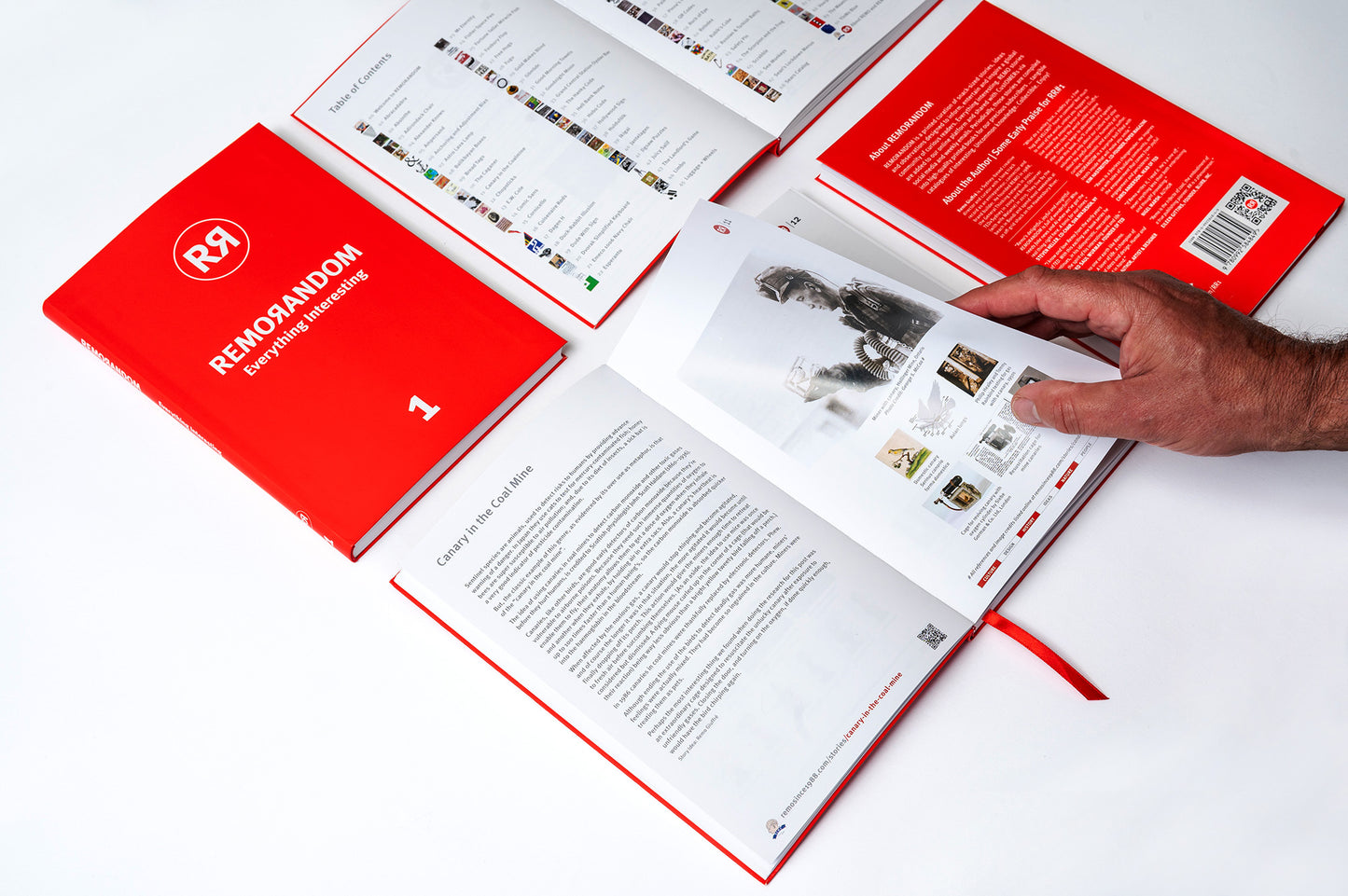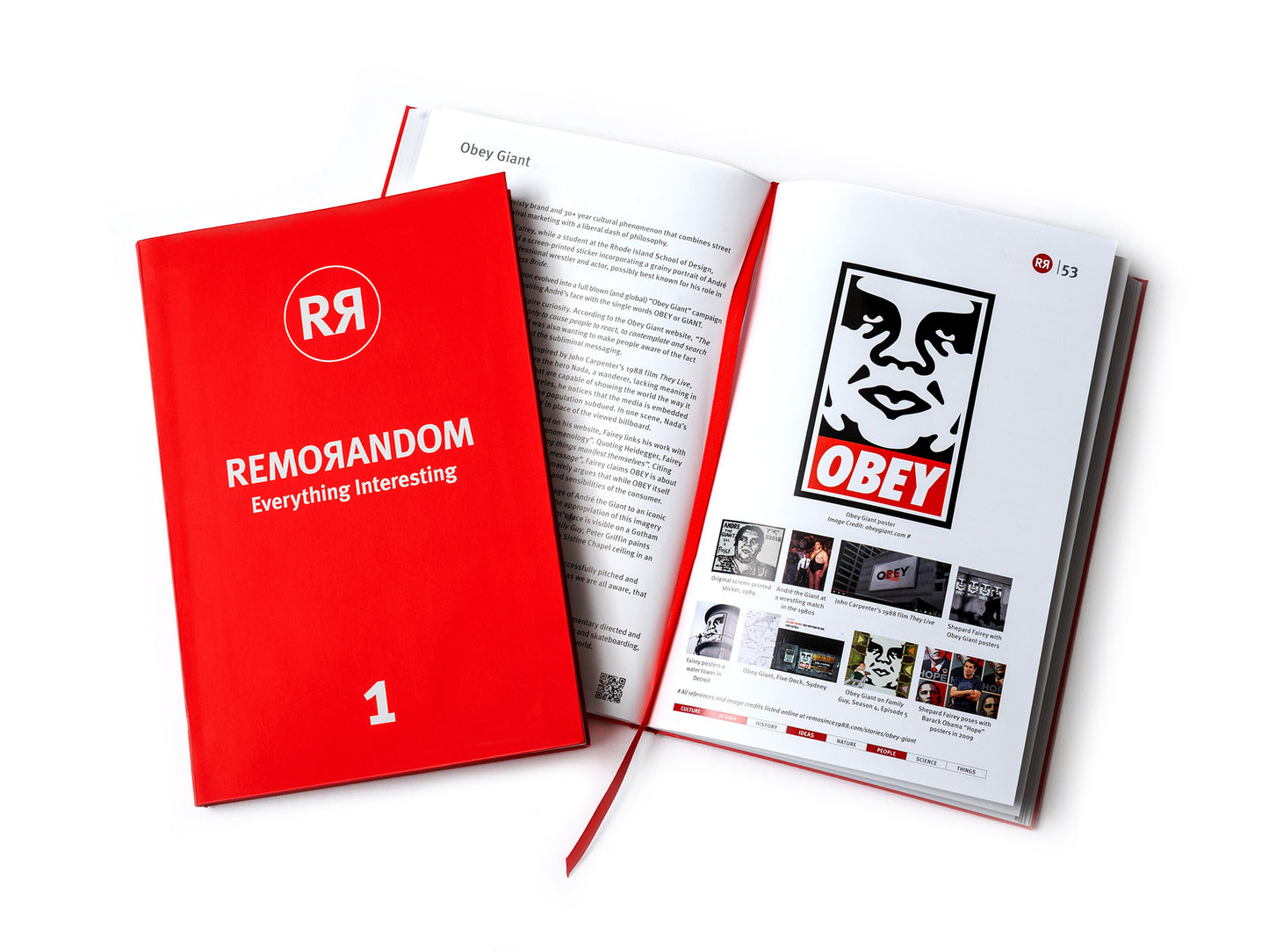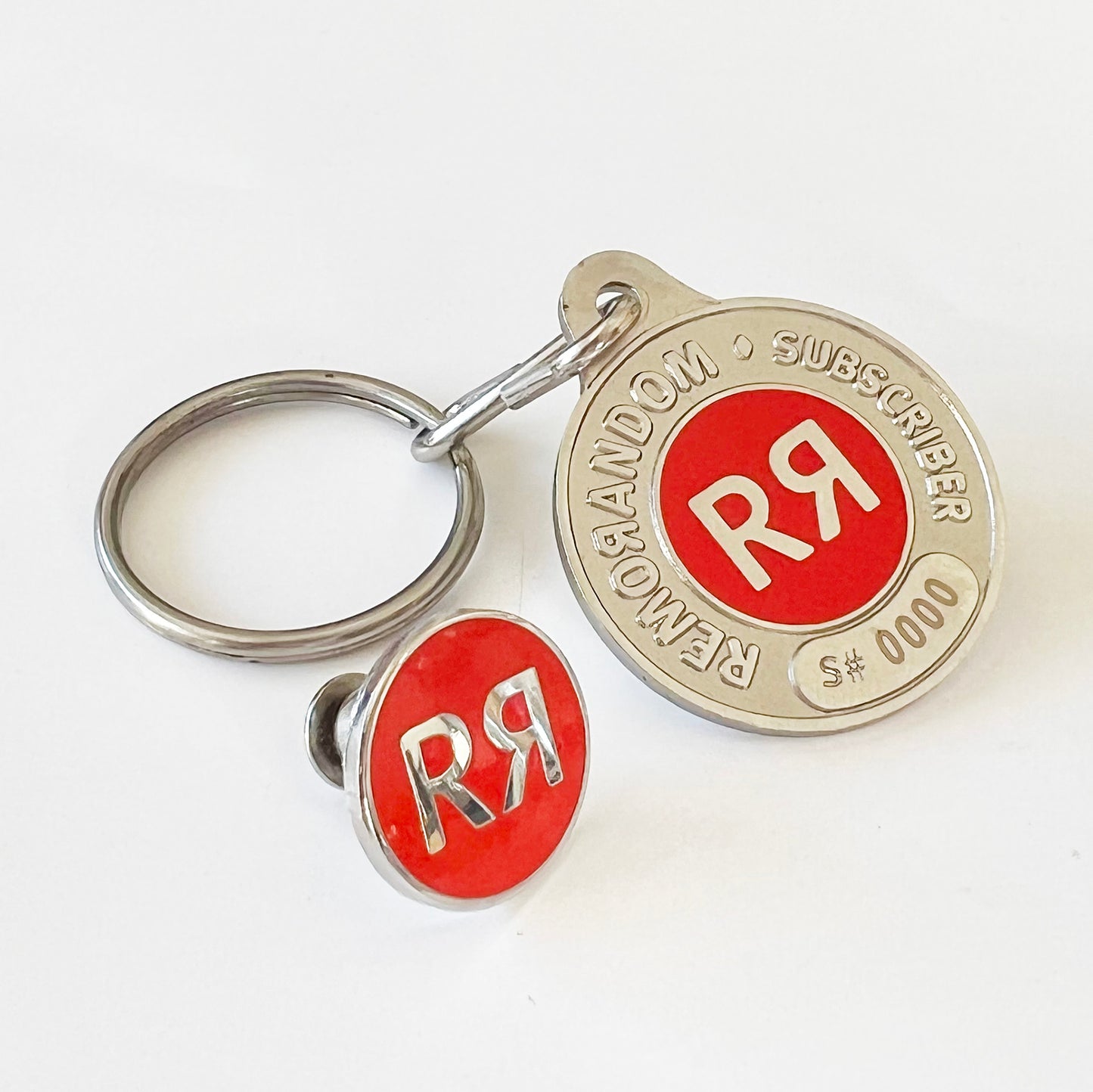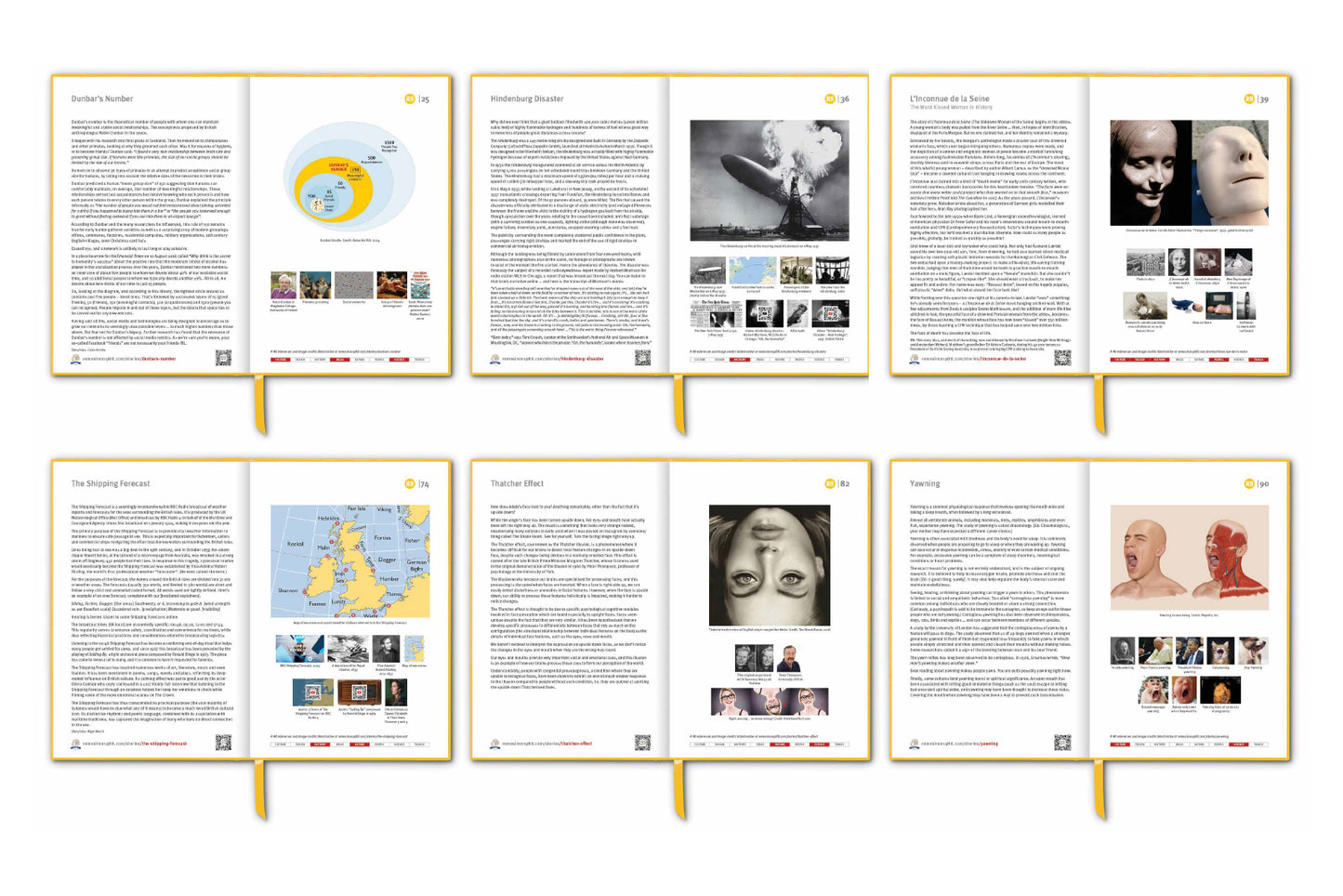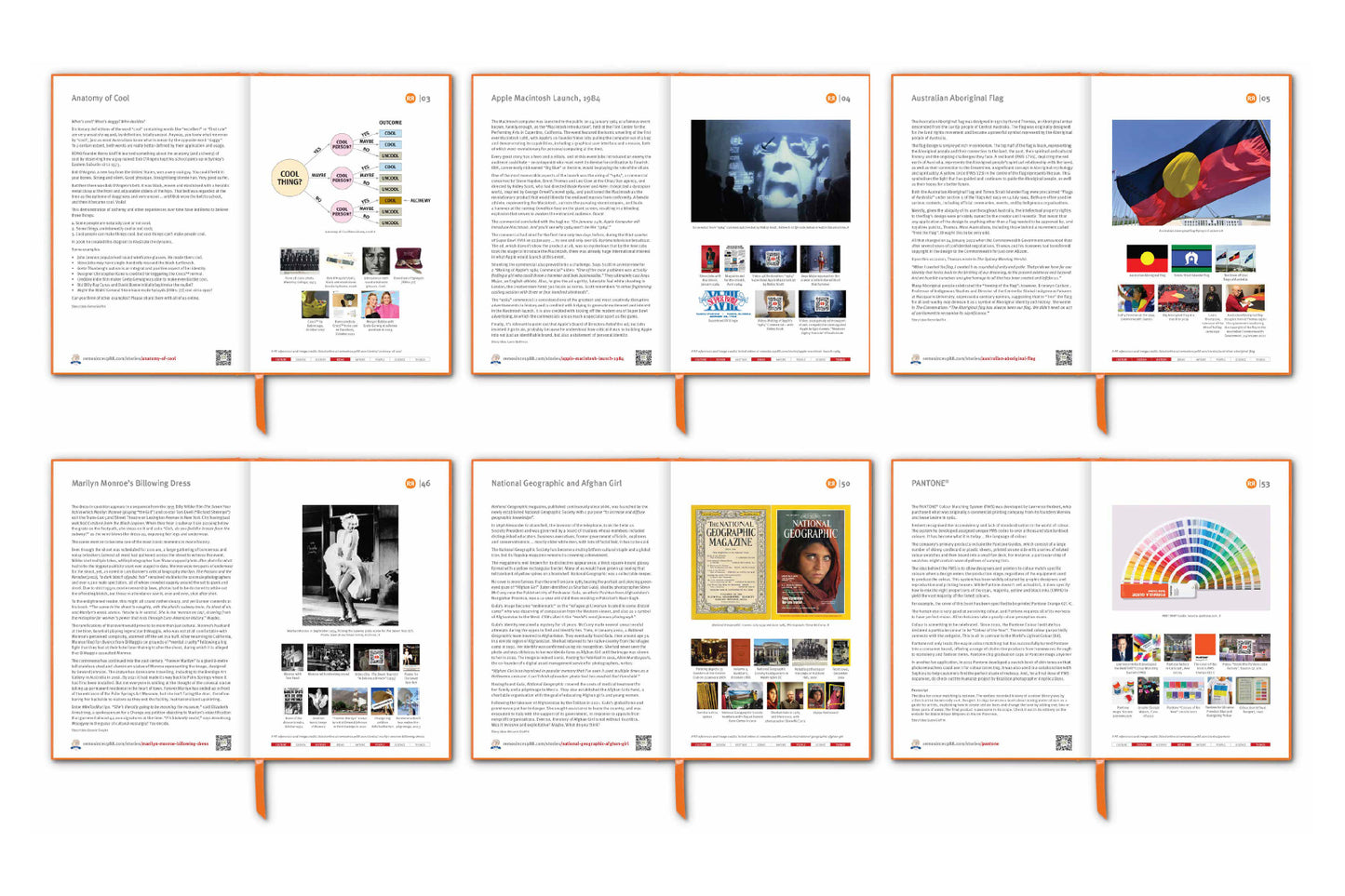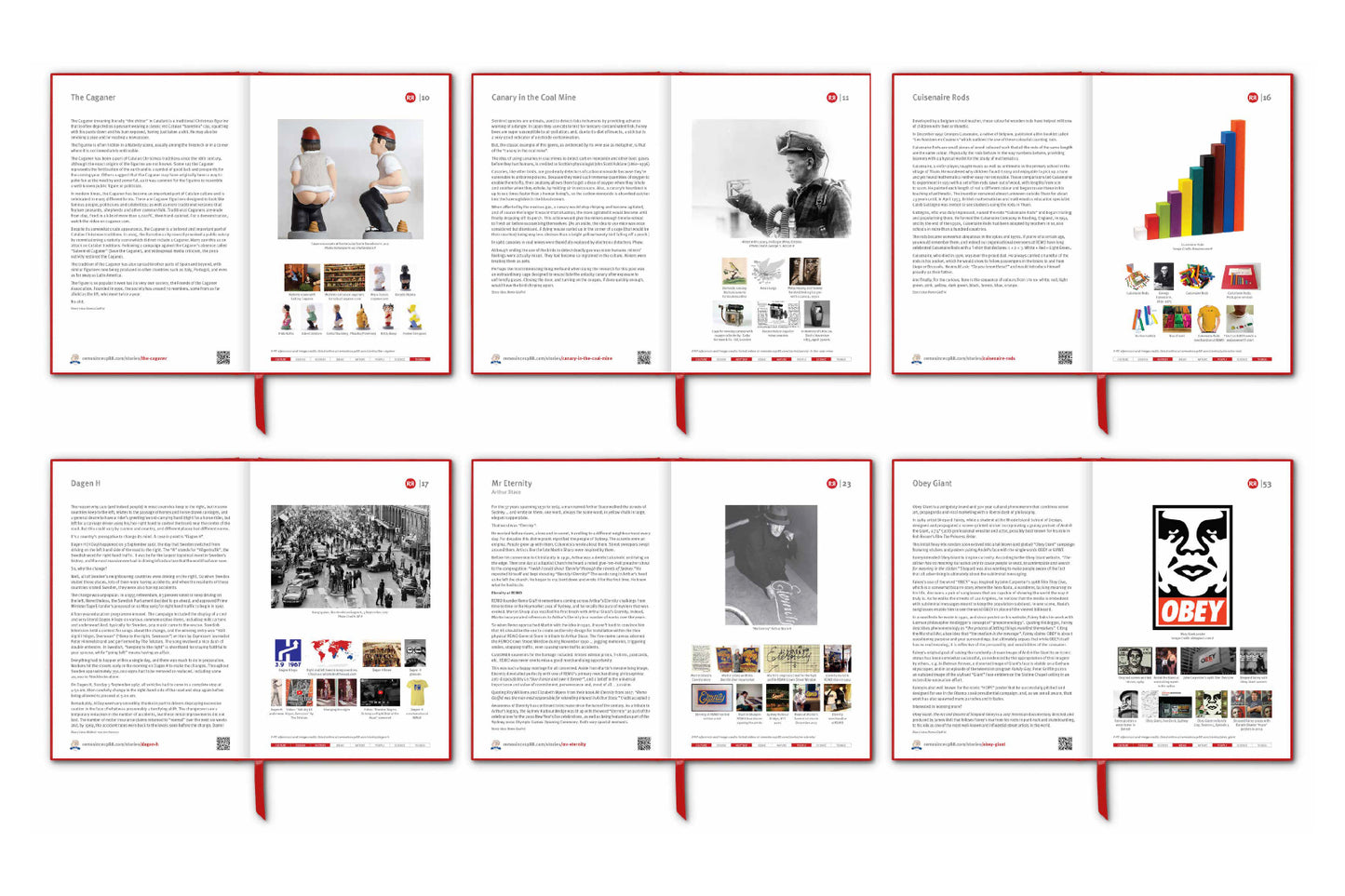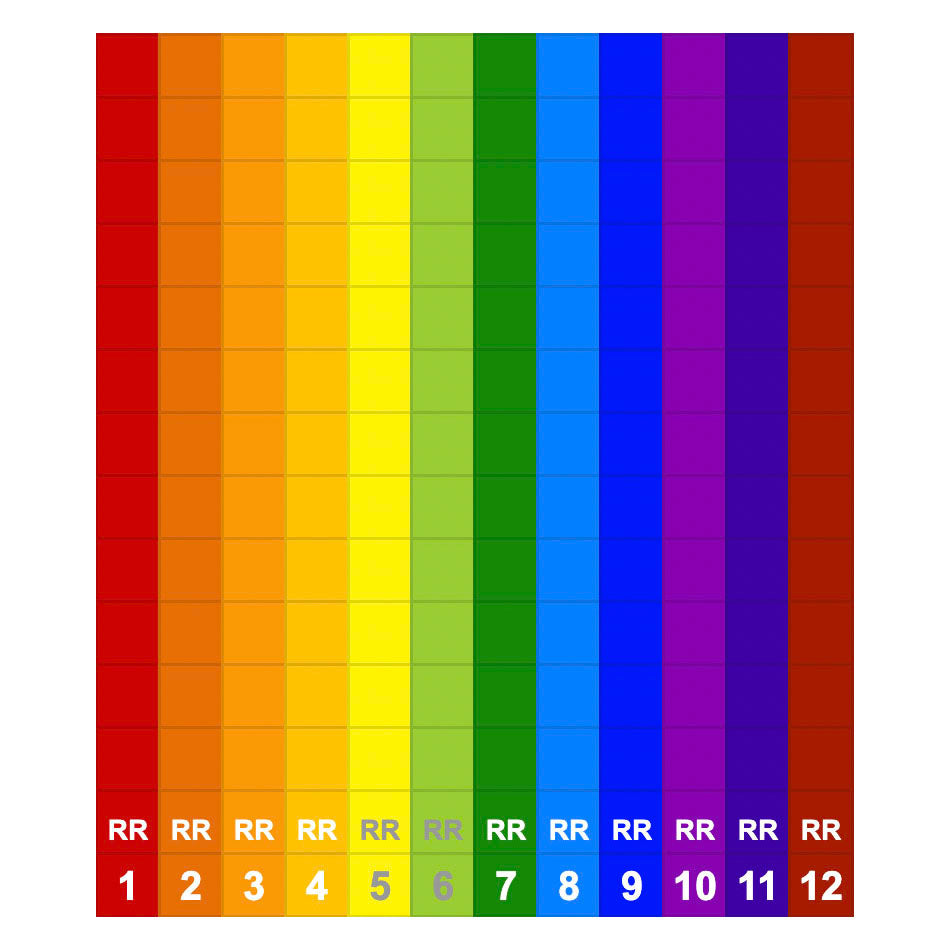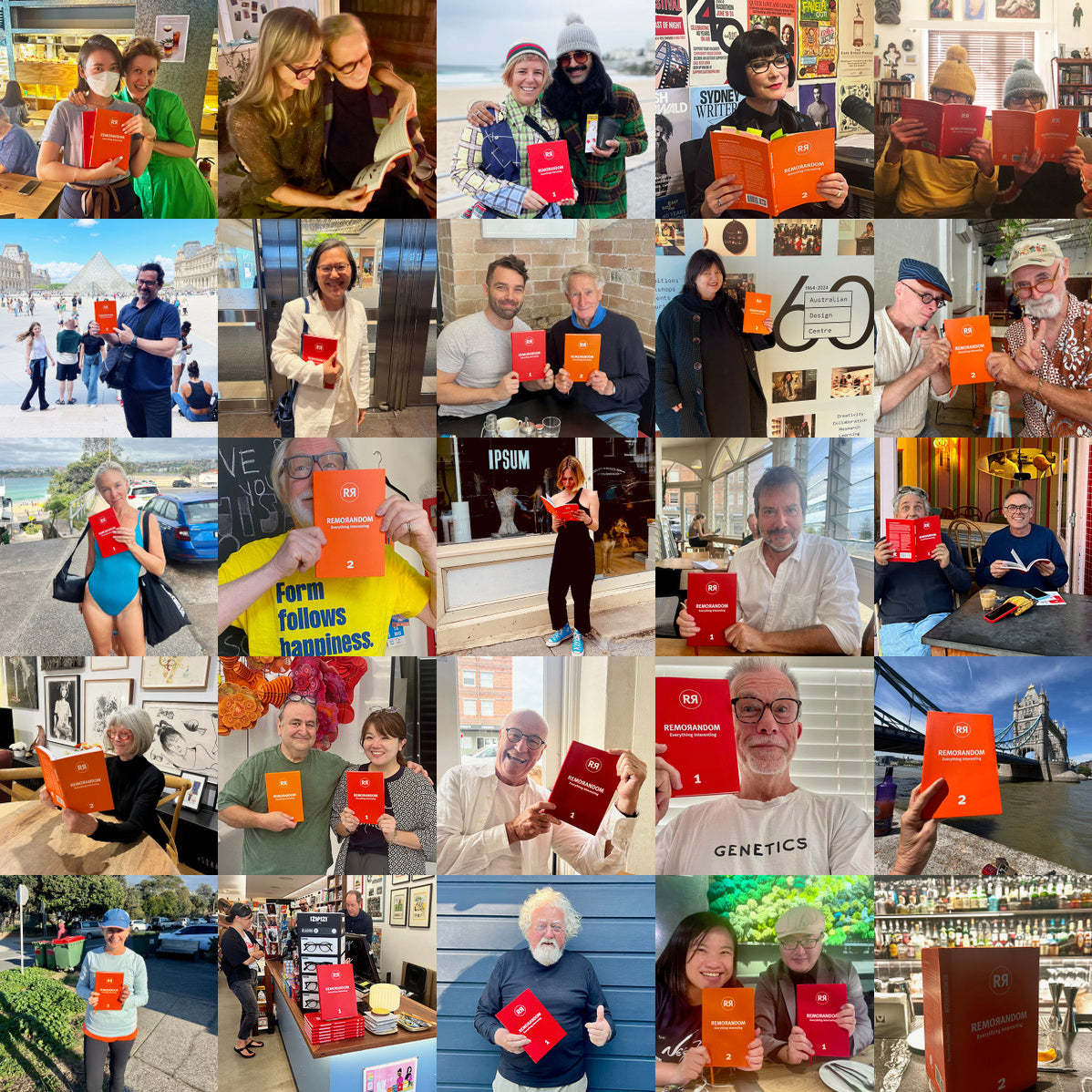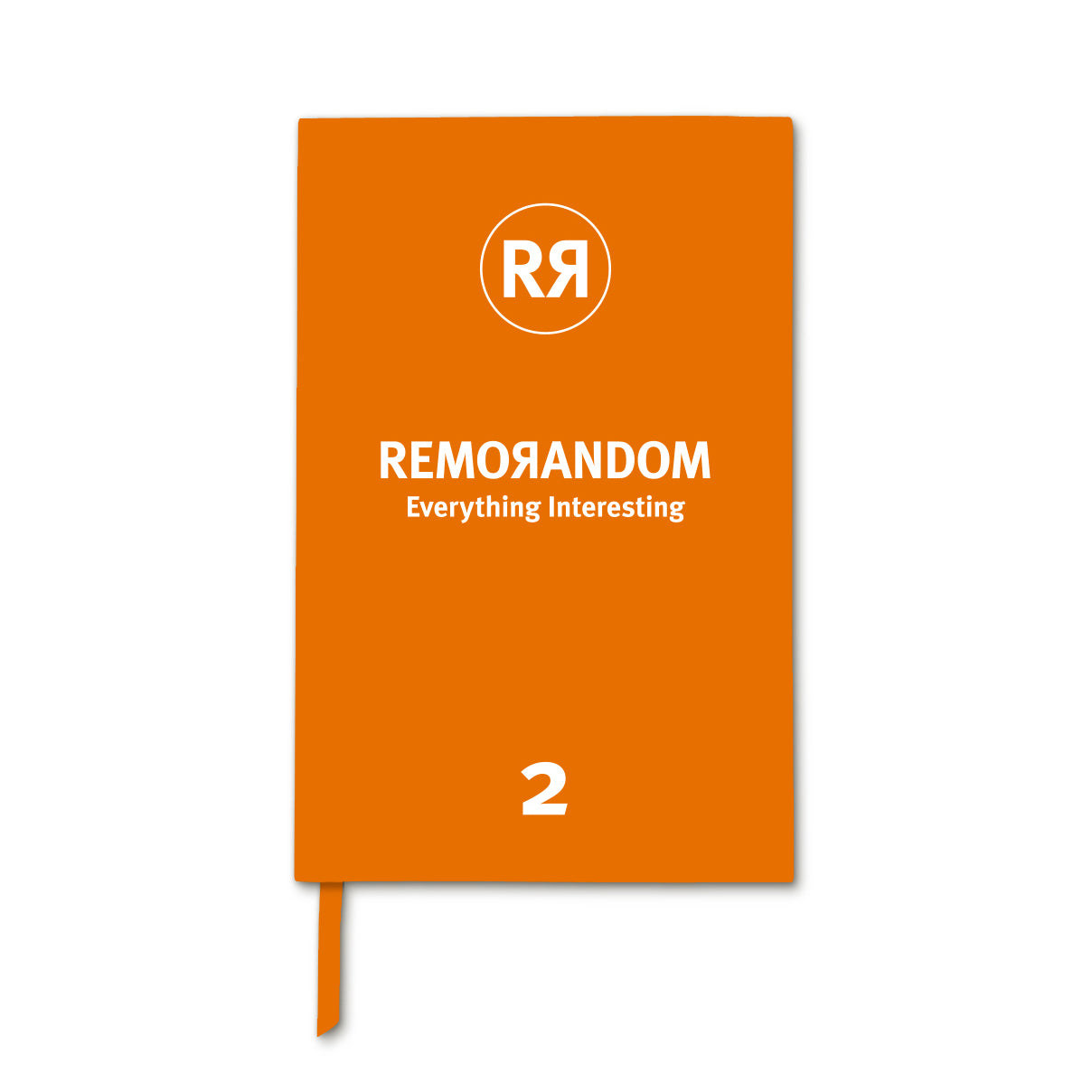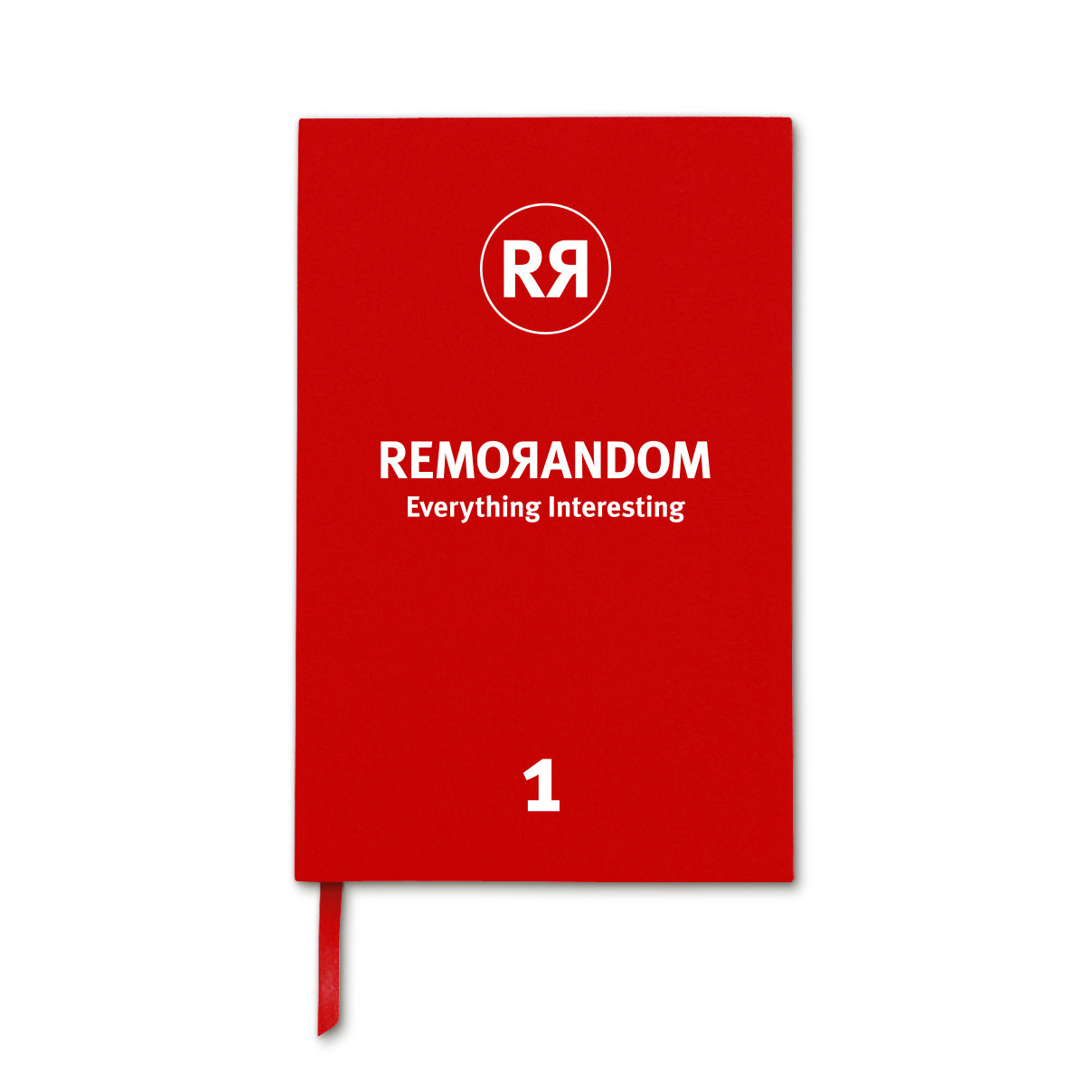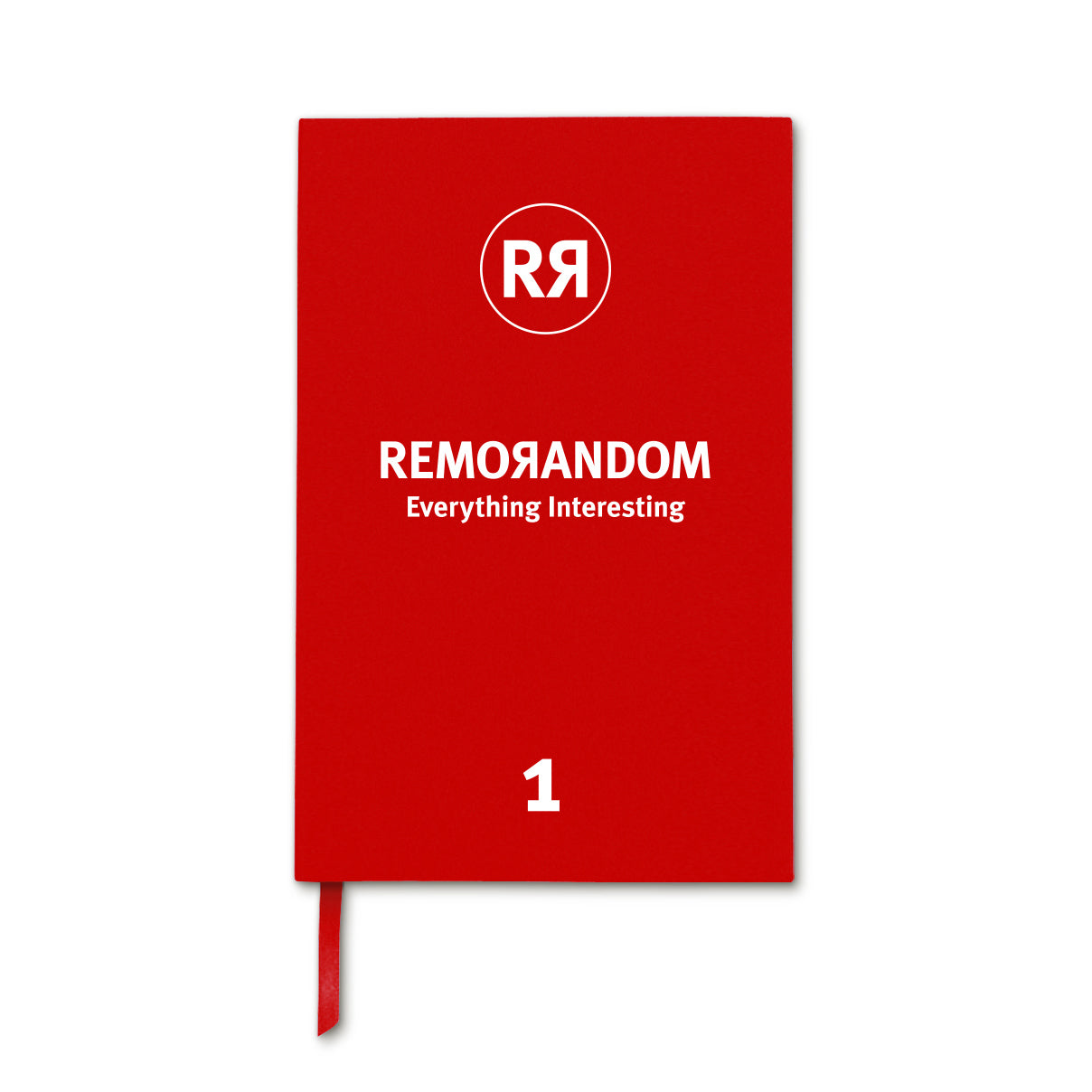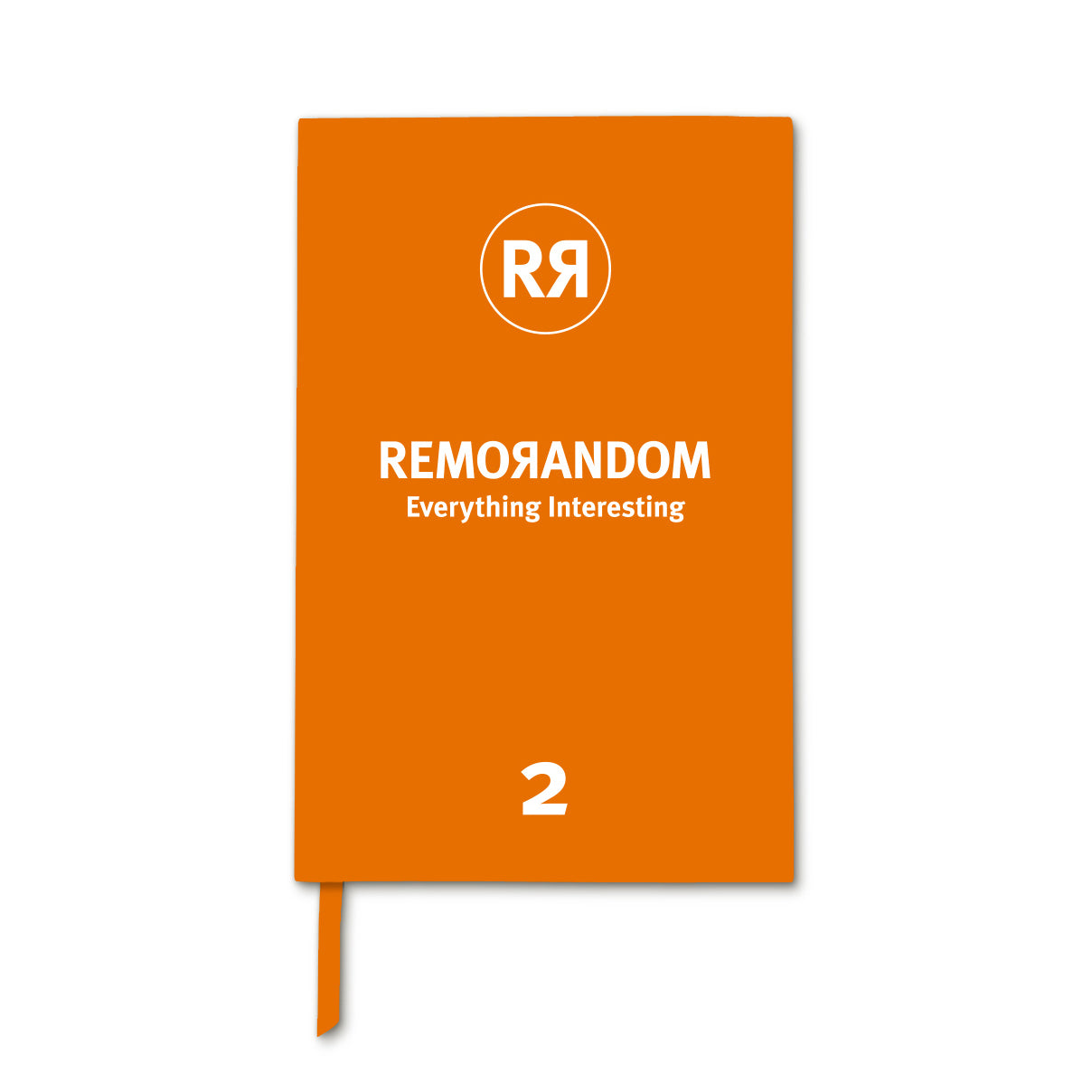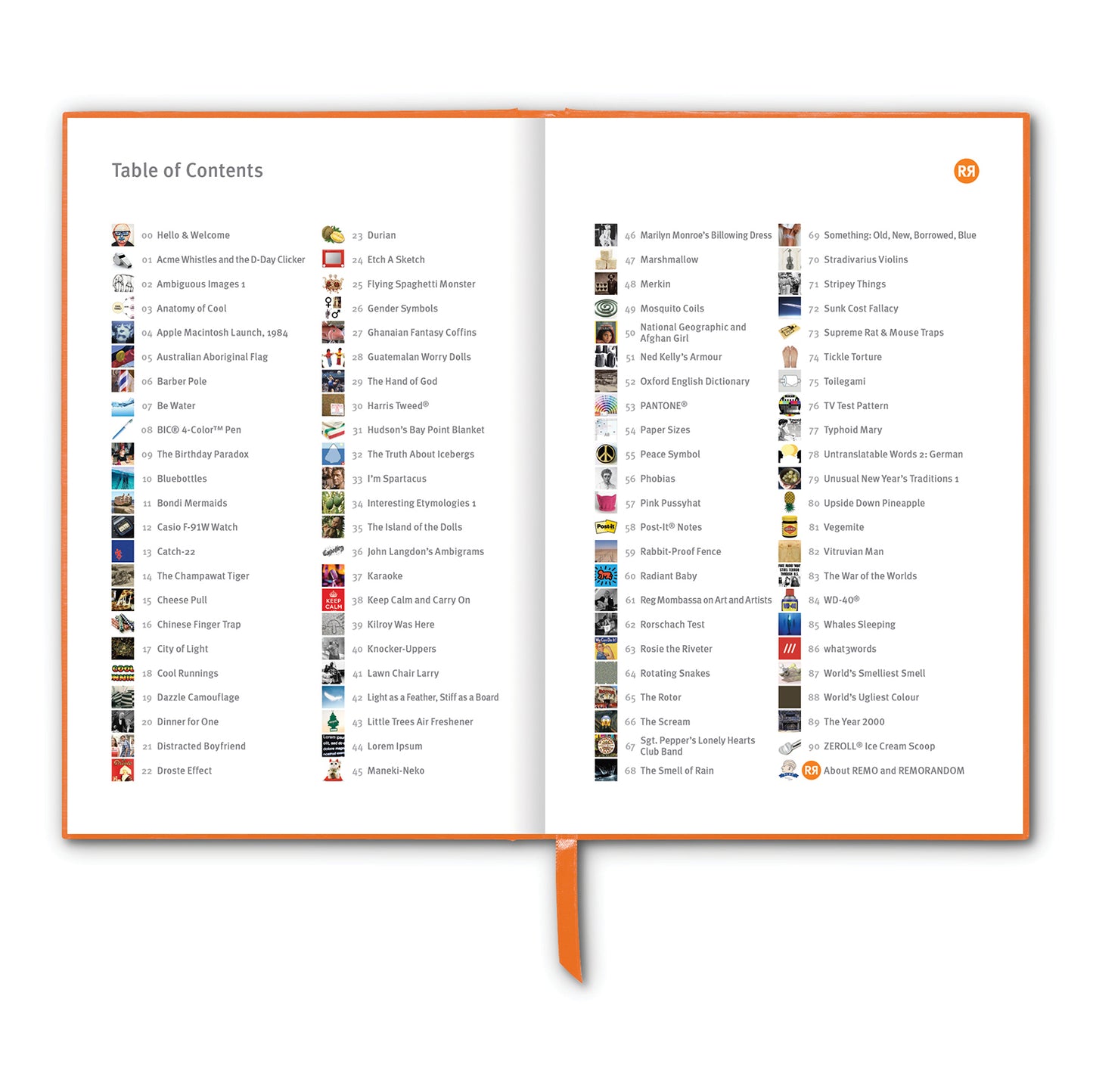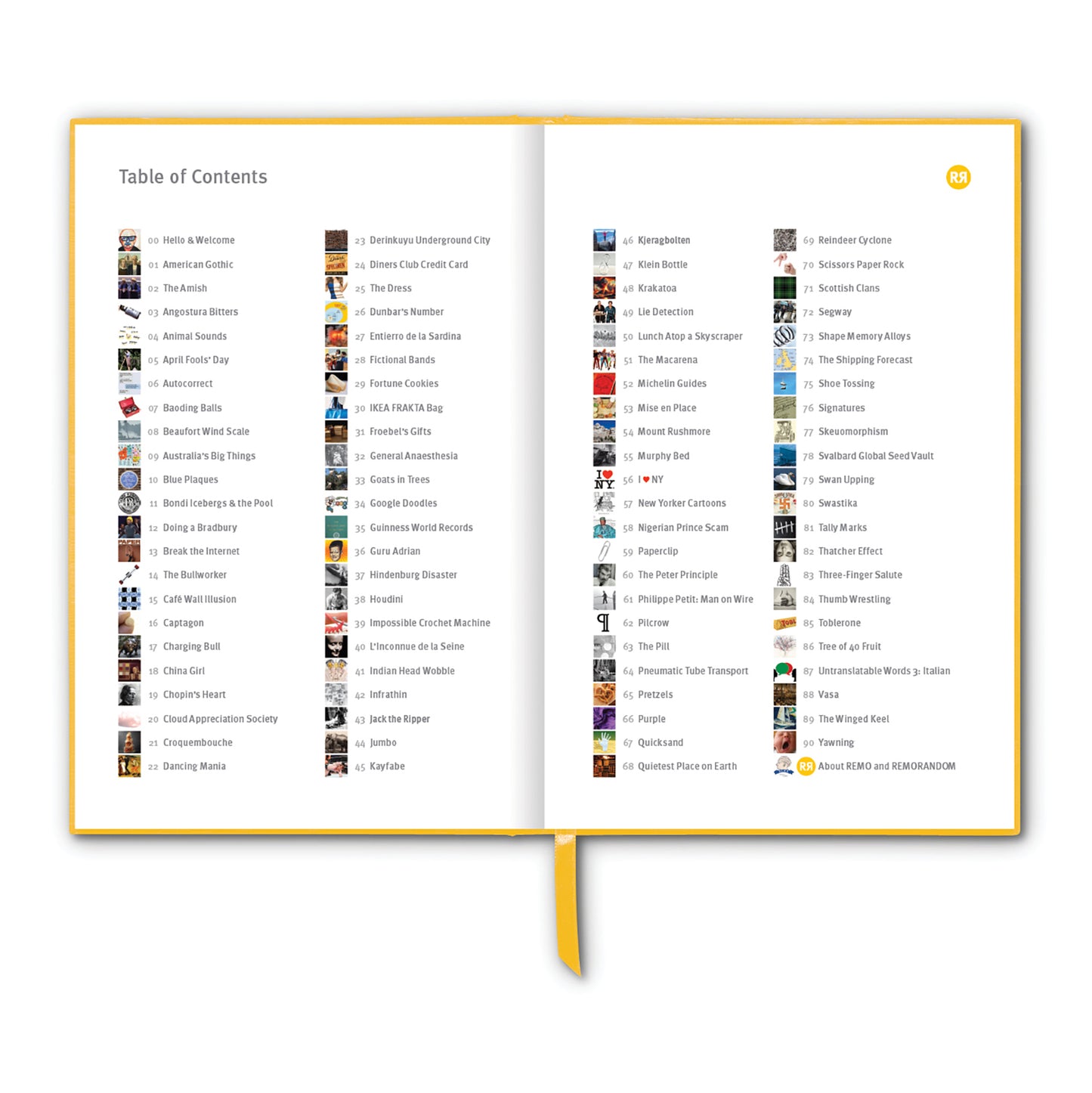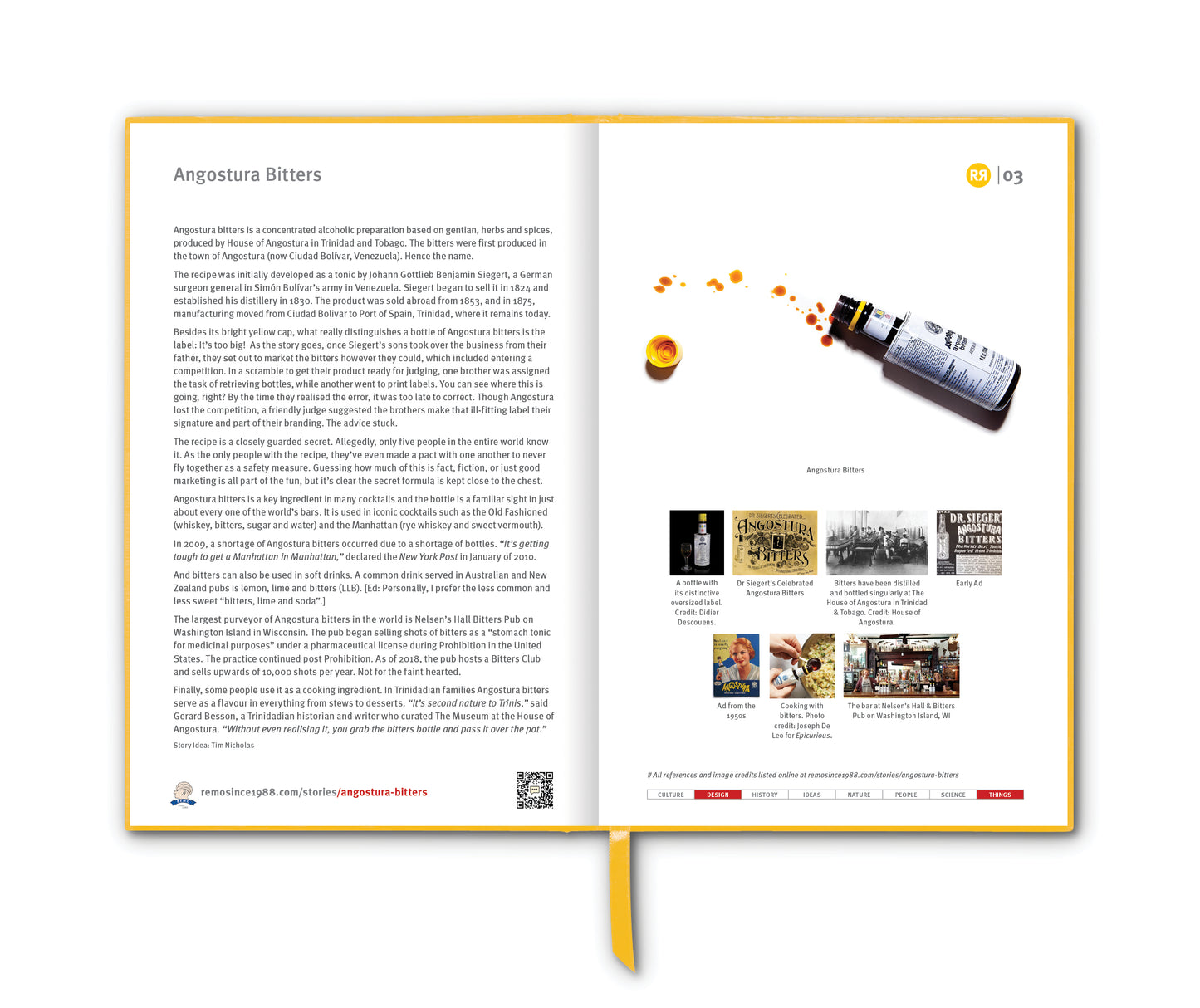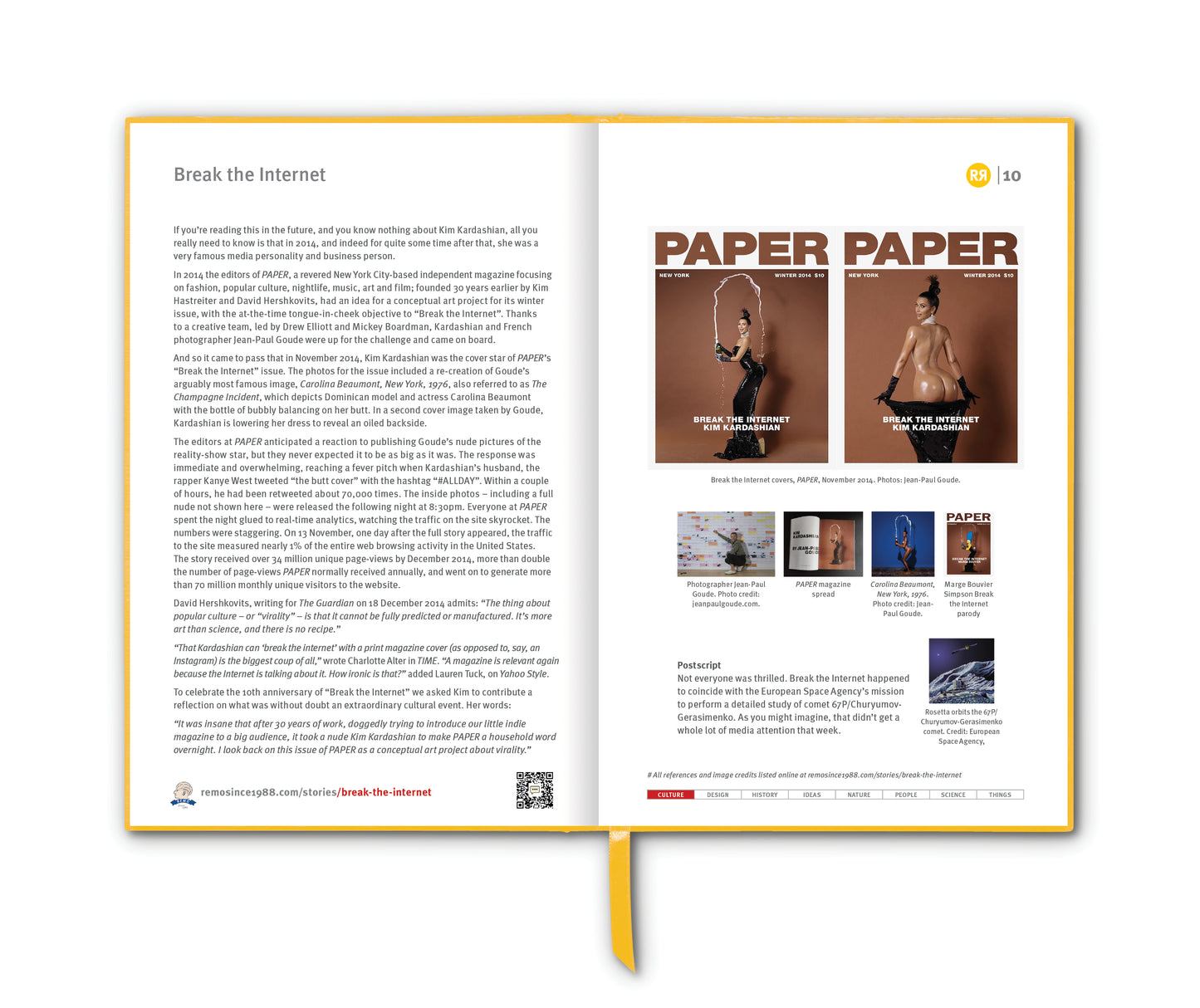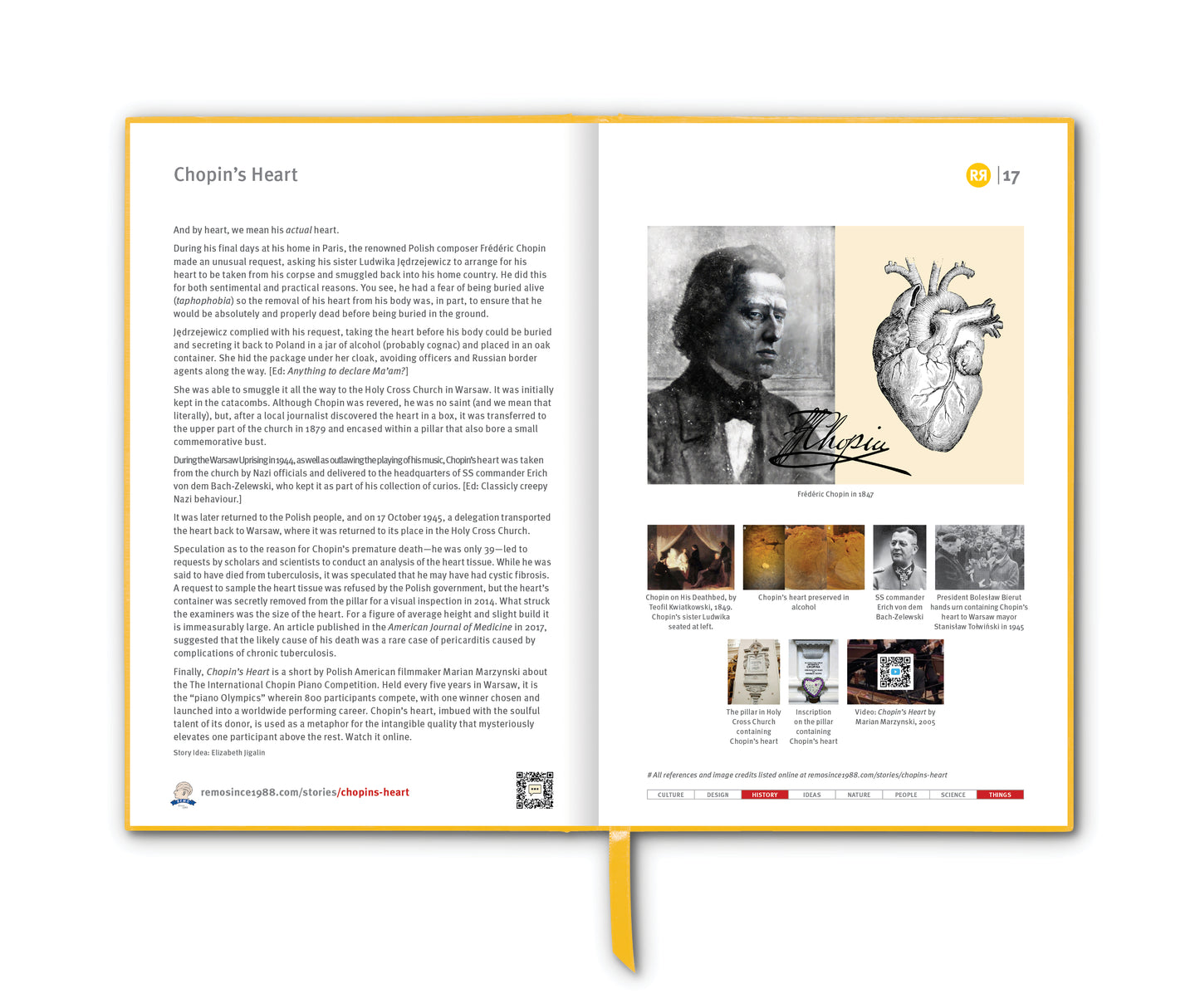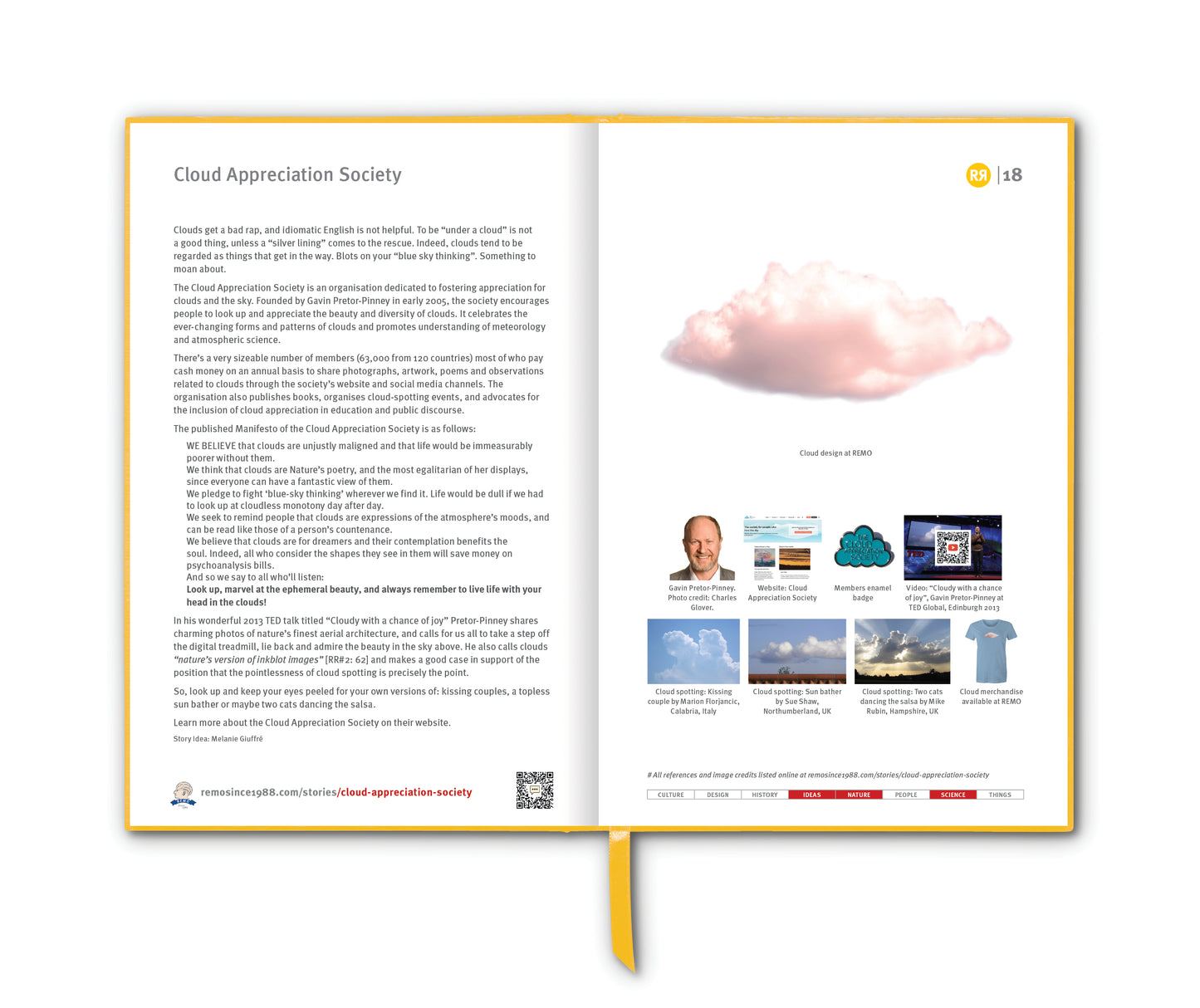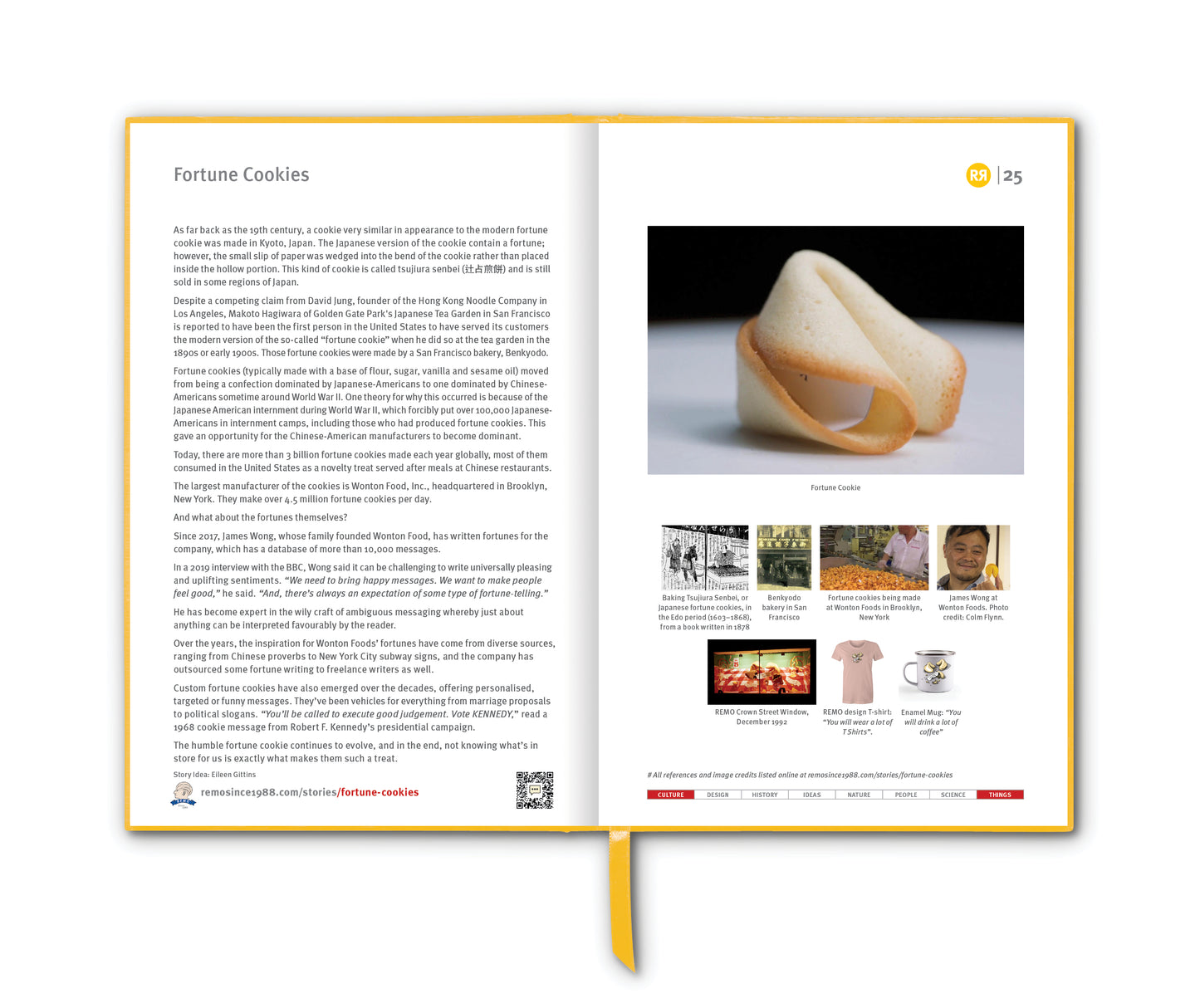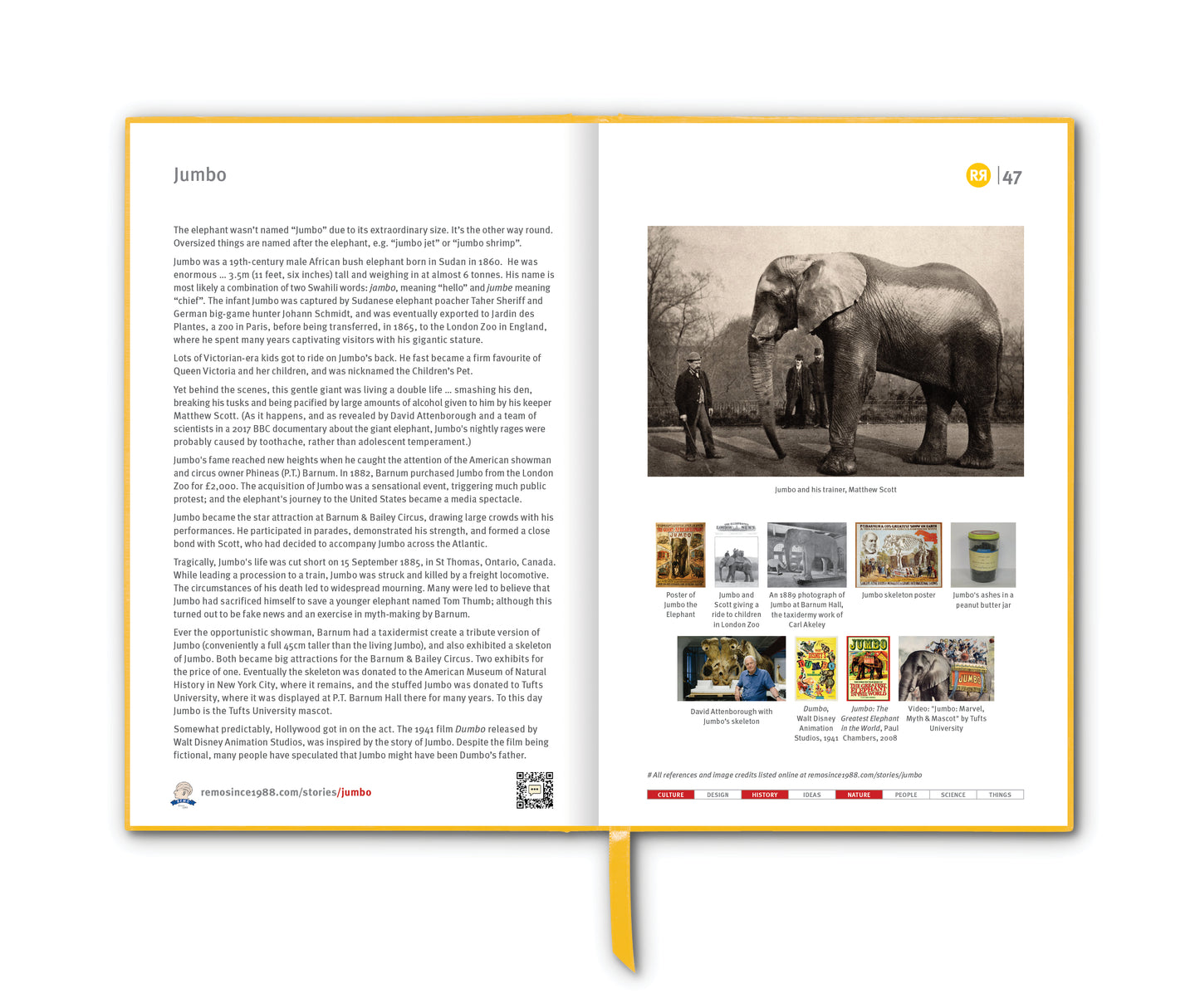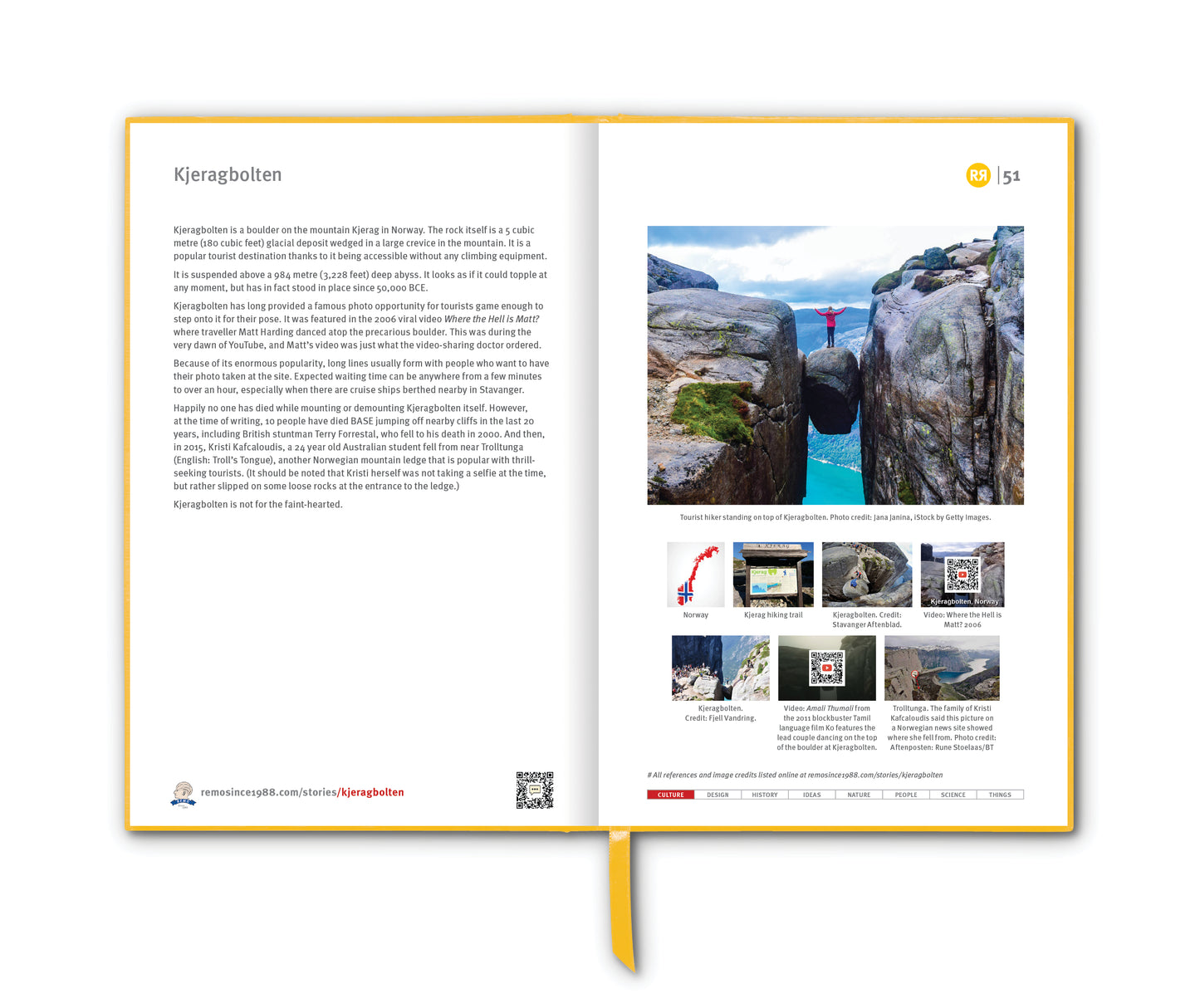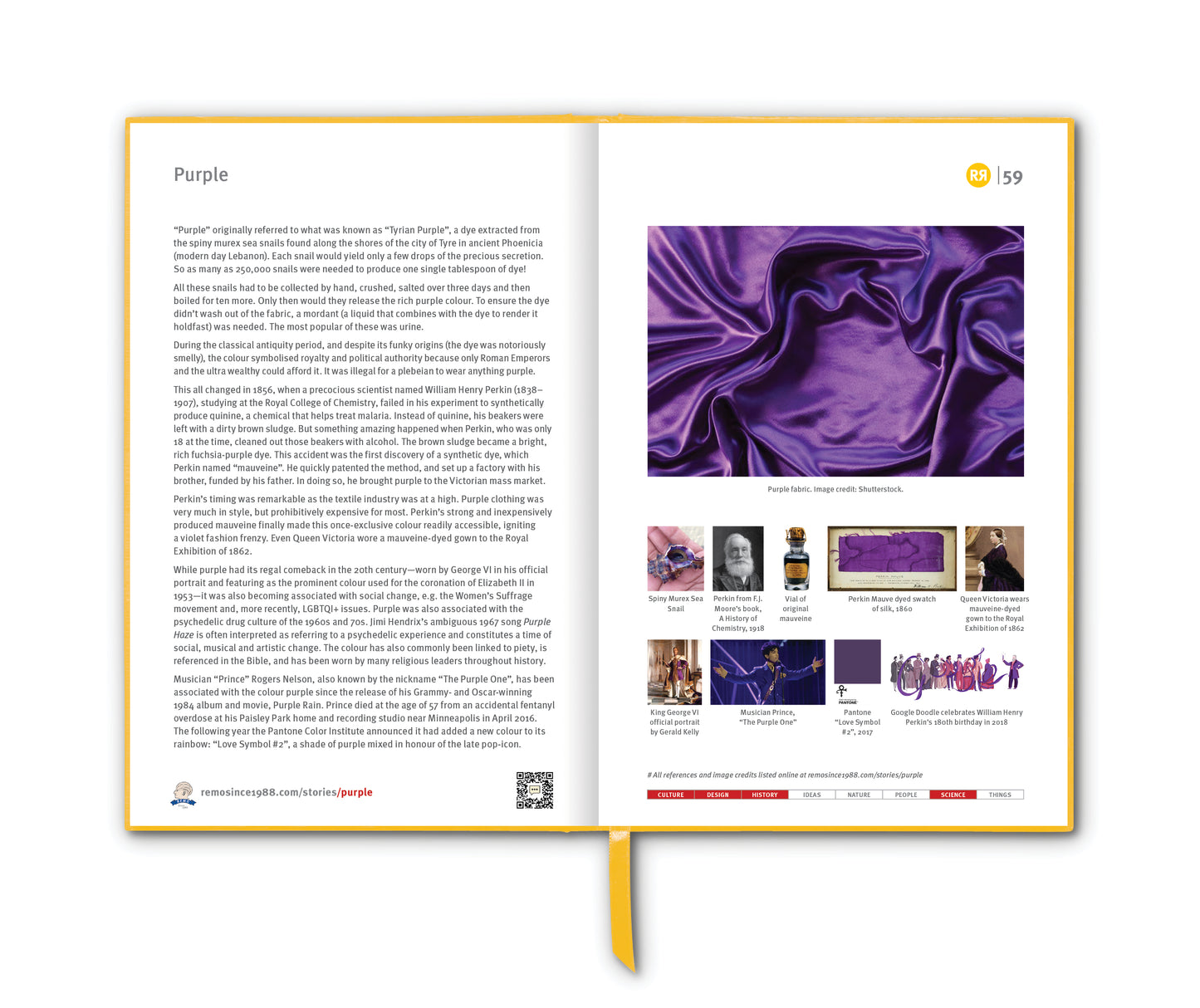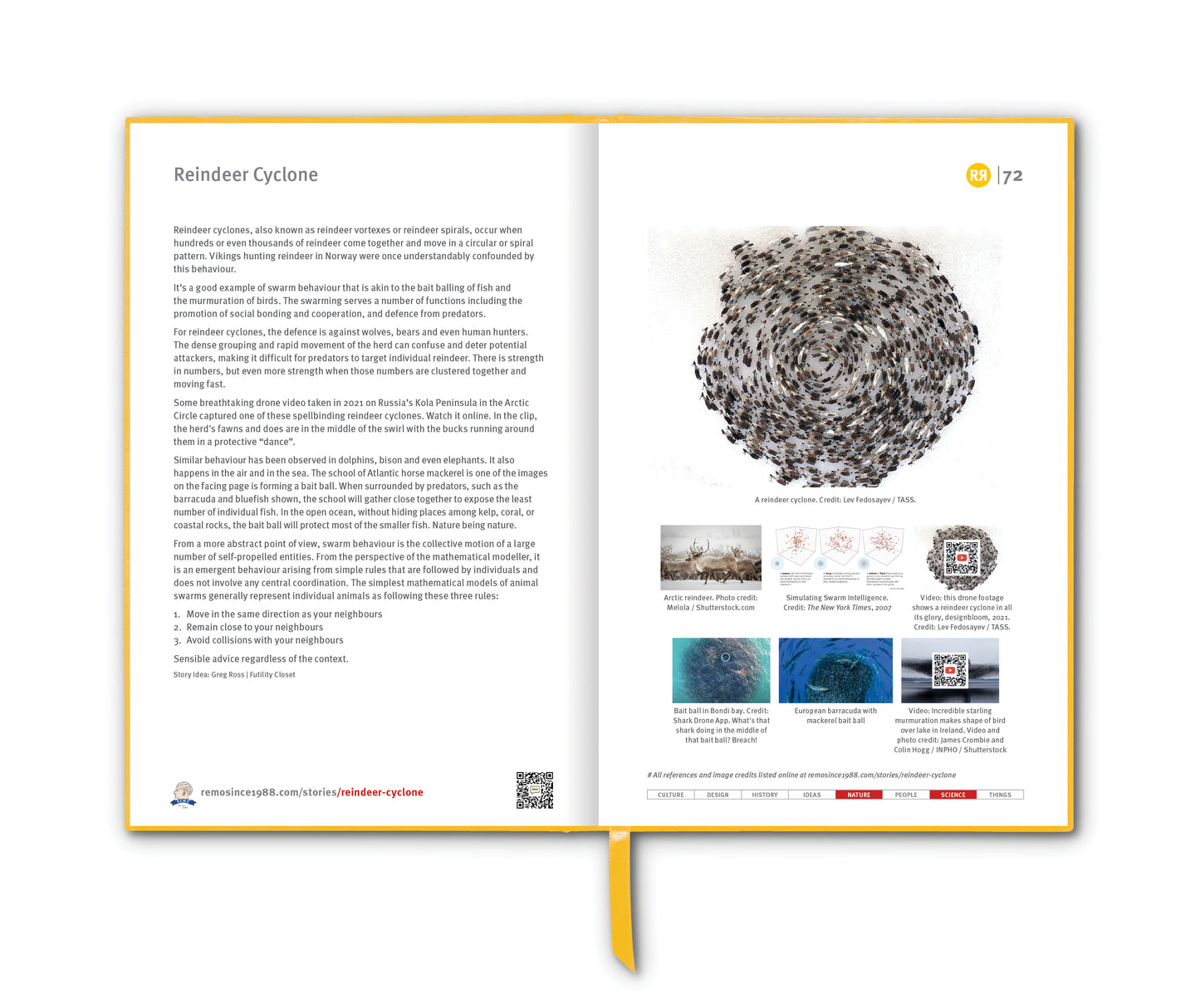How does Adele’s face look to you? Anything remarkable, other than the fact that it’s upside down?
While the singer's face has been turned upside down, her eyes and mouth have actually been left the right way up. The result is something that looks very strange indeed, mesmerising the Internet in early 2016 when it was posted on Instagram by something called The Shade Room. See for yourself. Turn it right way up.
The Thatcher Effect, also known as the Thatcher Illusion, is a phenomenon where it becomes difficult for our brains to detect local feature changes in an upside-down face, despite such changes being obvious in a normally oriented face. This effect is named after the late British Prime Minister Margaret Thatcher, whose face was used in the original demonstration of the illusion in 1980 by Peter Thompson, professor of psychology at the University of York.
The illusion works because our brains are specialised for processing faces, and this processing is disrupted when faces are inverted. When a face is right-side up, we can easily detect distortions or anomalies in facial features. However, when the face is upside down, our ability to process these features holistically is impaired, making it harder to notice changes.
The Thatcher effect is thought to be due to specific psychological cognitive modules involved in face perception which are tuned especially to upright faces. Faces seem unique despite the fact that they are very similar. It has been hypothesised that we develop specific processes to differentiate between faces that rely as much on the configuration (the structural relationship between individual features on the face) as the details of individual face features, such as the eyes, nose and mouth.
We haven't evolved to interpret the expression on upside down faces, so we don't notice the changes in the eyes and mouth when they are the wrong way round.
Our eyes and mouths provide very important social and emotional cues, and this illusion is an example of how our brains process these cues to form our perception of the world.
Understandably, people with congenital prosopagnosia, a condition where they are unable to recognise faces, have been shown to exhibit an overall much weaker response to the illusion compared to people without such condition, i.e. they are quicker at spotting the upside-down Thatcherised faces.
__________________________
References
wikipedia.org/wiki/Thatcher_effect
thenakedscientists.com/get-naked/experiments/thatcher-illusion
businessinsider.com/adeles-upside-down-face-is-creepy-because-of-the-thatcher-effect-2016-3
theguardian.com/science/head-quarters/2016/sep/19/the-thatcher-illusion-are-faces-special
Images
1. Thatcherised version of English singer-songwriter Adele
2. The original experiment with Baroness Margaret Thatcher
3. Peter Thompson, University of York
4. Right, wrong … and very wrong! Credit: thatchereffect.com.
